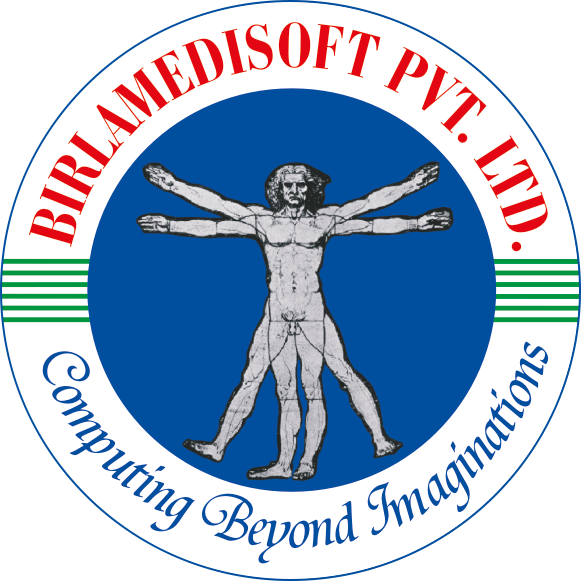

Automation can play a significant role in helping healthcare organizations comply with regulations by streamlining processes, ensuring accuracy, and providing documentation. Here’s how automation can assist in regulatory compliance:
Documentation and Record-keeping: Automation can simplify and enhance documentation and record-keeping processes, ensuring accurate and complete records. Automated systems can capture and store data in a structured and organized manner, reducing the risk of missing or incomplete information. This documentation is crucial for demonstrating compliance with regulatory requirements.
Standardized Workflows: Automation allows healthcare organizations to implement standardized workflows that align with regulatory guidelines. Automated systems can enforce predefined processes and protocols, reducing the chances of human error and ensuring consistent adherence to regulations. This consistency improves compliance and reduces the risk of non-compliance.
Regulatory Reporting: Automation can facilitate regulatory reporting by generating accurate and timely reports required by regulatory bodies. Automated systems can extract relevant data, perform necessary calculations or analyses, and produce reports in the required format. This simplifies the reporting process, reduces manual effort, and minimizes the risk of errors or omissions in compliance reports.
Audit Trail and Data Integrity: Automation provides an audit trail and maintains data integrity, which are essential for compliance. Automated systems can track and record activities, changes, and access to sensitive information. This audit trail helps demonstrate accountability, traceability, and adherence to regulatory requirements. Additionally, automated systems can implement data validation checks and ensure data integrity throughout the organization.
Compliance Alerts and Notifications: Automation can provide real-time alerts and notifications to healthcare organizations regarding regulatory changes or updates. Automated systems can monitor regulatory sources, such as government websites or industry publications, and deliver timely updates to relevant stakeholders. This ensures that healthcare organizations stay informed and can adapt their processes to maintain compliance.
Training and Education: Automation can support compliance training and education initiatives within healthcare organizations. Automated systems can deliver online training modules, track completion and competency assessments, and provide documentation of training records. This ensures that employees receive the necessary education on regulatory requirements and promotes a culture of compliance.
Quality Assurance and Risk Management: Automation can assist in quality assurance and risk management processes, which are closely tied to regulatory compliance. Automated systems can facilitate the implementation and monitoring of quality control measures, identify potential risks or non-compliance issues, and trigger corrective actions. This proactive approach helps mitigate risks and ensures ongoing compliance with regulations.
By leveraging automation, healthcare organizations can streamline processes, enhance accuracy, and maintain consistent compliance with regulations. Automation improves documentation, facilitates standardized workflows, simplifies regulatory reporting, and supports quality assurance and risk management efforts. Ultimately, automation reduces the administrative burden associated with compliance, allowing healthcare organizations to focus on delivering high-quality patient care while maintaining regulatory adherence.


